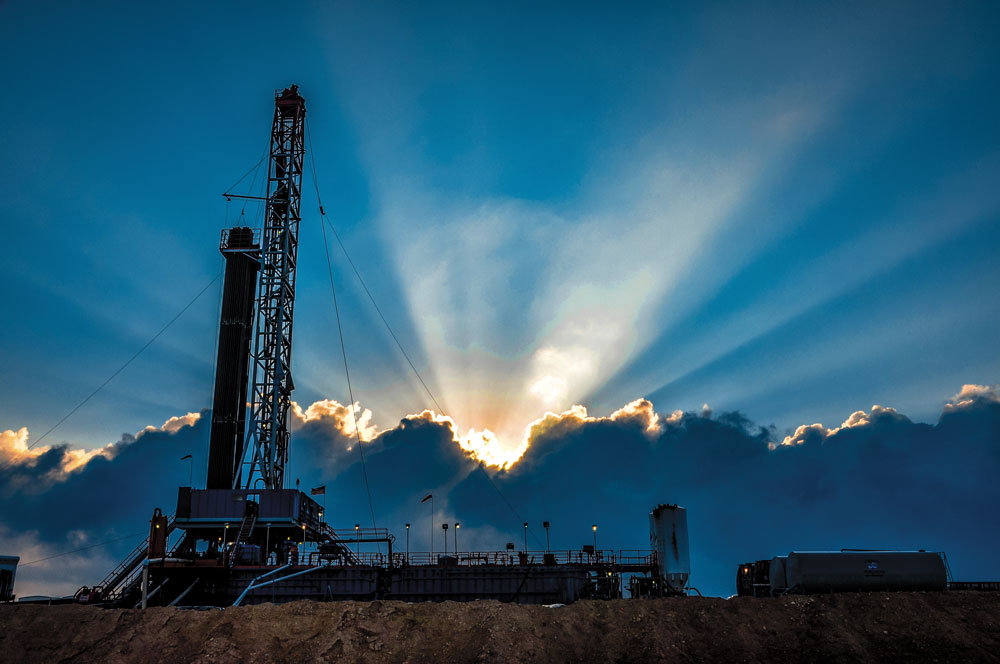All Roads Lead to the Permian
You can’t talk about U.S. energy without talking about the Permian Basin. Here’s a look at what some companies are up to today.
By Leslie Haines, Hart Energy

From the University of Texas at Austin, authors of the Bureau of Economic Geolo- gy’s Tight Oil Resource Assessment (TORA) recently made quite a statement: There are still roughly 100,000 more wells that can be drilled in the Permian Basin, based on the size of the resource that is technically recoverable. The USGS says the Wolfcamp Formation alone has 46.3 billion barrels recoverable—more than the Permian Basin has pro- duced in its first 100 years.
To that, Permian operators would say, “We’re on it.”
In third-quarter 2019 in the Delaware Basin, although there was a downturn of 8.8% from the prior quarter, they drilled 812 wells, according to Enverus. They drilled 804 wells in the Midland Basin. The total Permian share of all U.S. wells drilled was 39%.
Various estimates put the number of E&P players with drilling permits throughout the basin at 350 companies, as production heads towards 4.6 million barrels a day (MMbbl/d)—and beyond. Some expect it to hit 5 MMbbl/d in 2020.
U.S. production may increase by 1.15 MMbbl/d in 2020, according to research firm Rystad Energy. Most of that growth is coming right out of the Permian.
There is much to say grace over. An April 2019 report by Jefferies said the best-return plays are the northern Delaware Wolfcamp and Bone Spring, and the state-line Wolfcamp and Avalon. Operators are pursuing the San Andres, Barnett Shale, Yeso, and that old standby that started it all, the Spraberry.
A slowdown in drilling and completions is apparent as most E&P companies pledged to move forward more cautiously for technical and financial reasons. But the Permian continues to host about half of all rigs working in the country—and it still produces up to 32% of its crude oil and condensate. Time and again Permian players have bounced back from commodity price lows, the lure of other basins or even other countries. All roads lead back to the Permian.
“The Permian is the U.S. oil business,” said Ted Patton, managing director of Hastings Equity Partners. “You can’t talk about the U.S. energy industry without talking about the Permian Basin. As the Permian goes, so goes the industry.”
Hastings teamed up with the University of Hous- ton in 2019 to research the future of the Permian Basin, especially regarding exports. It anticipates production up to 7 MMbbl/d by 2023, which demands exports to soak up many of those barrels.
